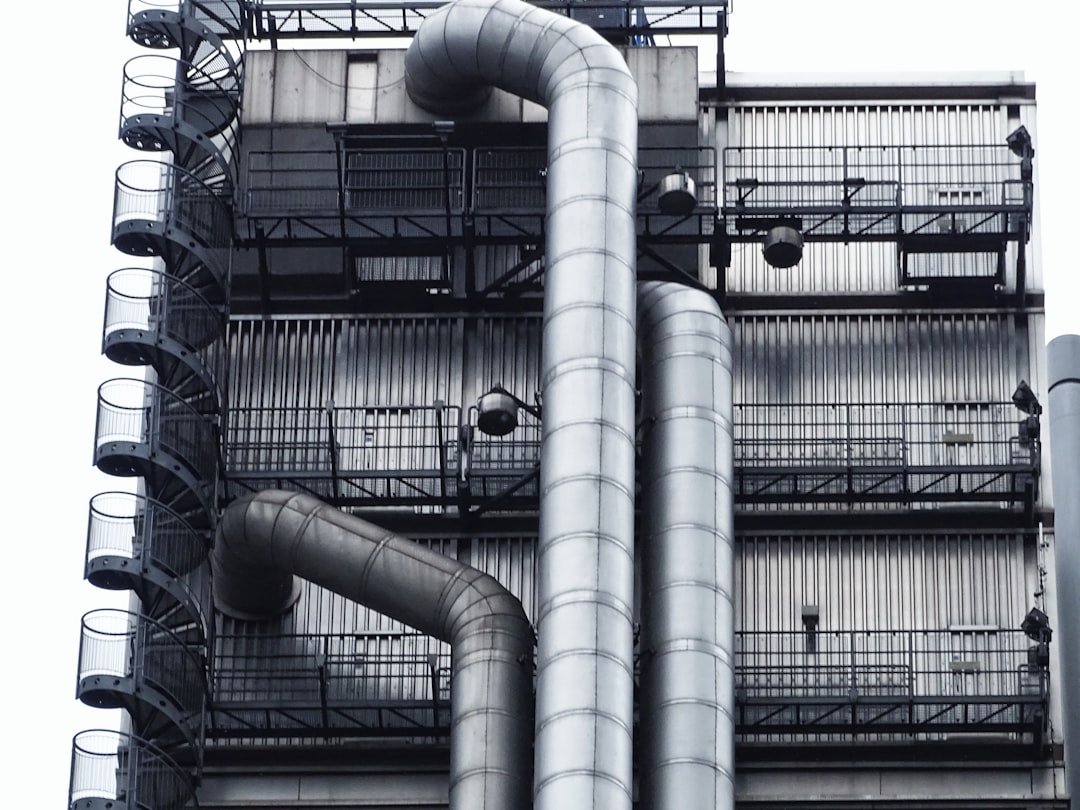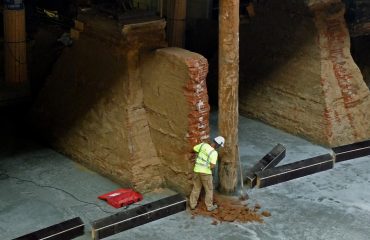body {
font-family: sans-serif;
line-height: 1.6;
}
h1, h2, h3 {
color: #333;
}
h1 {
font-size: 2.5em;
}
h2 {
font-size: 2em;
}
h3 {
font-size: 1.5em;
}
The oil and gas industry relies heavily on robust and reliable pipelines to transport crucial resources. At the heart of this infrastructure lies the API 5L standard, a globally recognized specification for line pipe. This comprehensive guide will delve into the intricacies of API 5L, explaining its key aspects and significance.
Understanding the API 5L Standard: A Foundation for Pipeline Integrity
API 5L, officially titled “Specification for Line Pipe,” is a standard developed by the American Petroleum Institute (API). It outlines the requirements for seamless and welded steel line pipe intended for the transportation of petroleum, natural gas, and other similar products. The standard covers various aspects of pipe manufacturing, including material properties, dimensions, testing procedures, and quality control measures. Adherence to API 5L ensures the structural integrity, durability, and safety of pipelines, minimizing the risk of leaks, failures, and environmental damage.
Key Specifications and Grades within API 5L
API 5L doesn’t just define one type of pipe; it encompasses a range of grades, each designed for specific applications and pressure requirements. These grades are categorized by their yield strength and other mechanical properties. Common grades include X42, X52, X60, X65, X70, and even higher strength grades like X80 and beyond. The “X” designation indicates the minimum yield strength in thousands of pounds per square inch (ksi). For example, X60 pipe has a minimum yield strength of 60 ksi. The choice of grade depends on factors like the operating pressure, diameter of the pipe, and the environmental conditions.
Furthermore, API 5L specifies different product specifications levels (PSL) – PSL1 and PSL2 – which denote the level of quality control and testing required. PSL1 represents a higher level of stringency compared to PSL2.
Manufacturing Processes and Quality Control in API 5L Pipes
API 5L pipes are manufactured using various processes, including seamless and welded techniques. Seamless pipes are formed from a single piece of steel, offering superior strength and resistance to cracking. Welded pipes, on the other hand, are created by joining two or more steel plates, often using advanced welding techniques like submerged arc welding (SAW) or electric resistance welding (ERW). Regardless of the manufacturing process, API 5L mandates rigorous quality control procedures throughout the entire production chain. This includes material testing, dimensional inspections, non-destructive testing (NDT) methods like ultrasonic testing (UT) and radiographic testing (RT), and hydrostatic testing to ensure the pipe meets the specified requirements.
Applications of API 5L Line Pipes: A Wide Range of Uses
API 5L pipes are the backbone of countless oil and gas pipelines across the globe. They are used extensively in onshore and offshore applications, transporting crude oil, refined petroleum products, natural gas, and other fluids. Beyond the oil and gas sector, API 5L pipes find applications in other industries, including water transmission, chemical transportation, and other high-pressure fluid handling systems. Their durability and reliability make them ideal for demanding environments and critical infrastructure projects.
Importance of Compliance and Certification in API 5L
Compliance with API 5L is crucial for ensuring the safety and reliability of pipelines. Independent third-party inspection and certification bodies play a significant role in verifying that manufacturers adhere to the standard’s requirements. These certifications provide assurance to pipeline operators and regulatory authorities that the pipes meet the specified quality standards. Using non-compliant pipes can lead to serious consequences, including pipeline failures, environmental damage, and significant financial losses. Therefore, rigorous adherence to API 5L and obtaining necessary certifications are paramount for the success and safety of any pipeline project.
In conclusion, the API 5L standard is a cornerstone of the oil and gas industry and beyond. Understanding its intricacies, from the various grades and specifications to the manufacturing processes and quality control measures, is essential for anyone involved in the design, construction, or operation of pipelines. By ensuring compliance with API 5L, we safeguard the integrity of our critical infrastructure and minimize the risks associated with transporting hazardous materials.
SEO-Friendly Tags:
- API 5L
- Line Pipe
- Oil and Gas Pipes
- API 5L Grades
- Pipeline Standards




